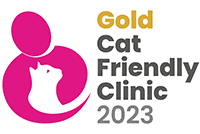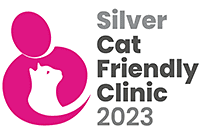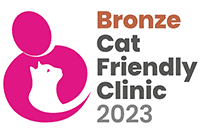Tell us about your background and what inspired your interest in Hydrotherapy.
I had been working for Village Vet for over 10 years in different nursing positions throughout the group when Brendan decided to purchase an underwater treadmill at the Highgate practice. Although I was working in the Maida 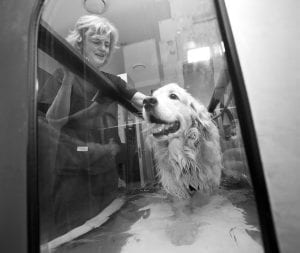 Vale practice at the time I was determined to be involved with it from the beginning. I went on the initial training course which was held in Swansea at Smart Vet Wales which is one of only a handful of veterinary clinics dedicated to pain management and rehabilitation for animals within Europe. Meeting Lowri Davies its owner and founder and seeing the work that she did there confirmed for me that this was the direction that I wanted to take in my career. Over the next several years I made many trips back there as I studied towards my Canine Rehabilitation Practitioner qualification.
Vale practice at the time I was determined to be involved with it from the beginning. I went on the initial training course which was held in Swansea at Smart Vet Wales which is one of only a handful of veterinary clinics dedicated to pain management and rehabilitation for animals within Europe. Meeting Lowri Davies its owner and founder and seeing the work that she did there confirmed for me that this was the direction that I wanted to take in my career. Over the next several years I made many trips back there as I studied towards my Canine Rehabilitation Practitioner qualification.
In Greek, the word “Hydrotherapy” means “Water Healing”, tell us a bit about how the therapy was extended to dogs in general.
Hydrotherapy in humans has long been known as beneficial for a variety of health and medical problems. Originally introduced with horses in the racing industry the benefits were then seen by racing greyhound owners and it wasn’t long before the industry saw the potential medical benefits and extended its use to dogs in general.
What temperature is the water kept at and why?
The water temperature is kept between 26 and 30 degrees celsius. This is seen as ideal as colder water draws blood away from the limbs towards vital organs leaving the limbs with insufficient circulation which can result in an increased propensity to injury. Water any warmer than 30 degrees celsius would be too warm to comfortably exercise in.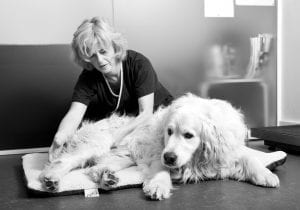
How can water therapy improve general health and physical performance?
The benefits of exercising in water include:
-Improved strength
-Improved muscular endurance
-Improved range of motion
-Improved agility
-Improved psychological well-being while minimising pain.
How can it help with the recovery process?
It is necessary to understand the basic principles and properties of water including buoyancy, viscosity, resistance and hydrostatic pressure to appreciate the benefits of hydrotherapy. Bouyancy aids in the rehabilitation of weak muscles and painful joints. It allows the patient to exercise in an upright position and may minimise the amount of weight bearing on joints.
Viscosity and resistance may strengthen canine muscles and improve cardiovascular fitness. Viscosity also increases sensory awareness and assists in stabilising unstable joints
Hydrostatic pressure opposes the tendency for blood and oedema to pool in the distal limbs and can, therefore, aid in reducing swelling. It may also reduce pain during exercise.Walking in water may minimise or eliminate damage and inflammation to soft tissues while maximising functional training.
Can older arthritic animals benefit from hydrotherapy ?
Yes certainly. We adopt a multi modal approach to our arthritic patients which can include a combination of hydrotherapy, weight management , non steroidal anti inflammatories, joint supplements and acupuncture.
How can it have positive effects on pet behaviour?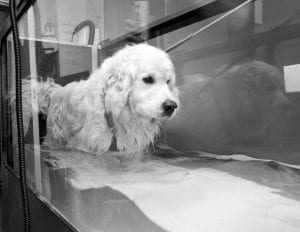
Some of the positive effects on pet behaviour that I have noted are that following surgery when an animal may have been confined and have had very reduced exercise they can become bored and fractious at home and the outlet of having hydrotherapy in a safe controlled environment can be really beneficial to their behaviour.
If a pet owner is considering water therapy, what actions should he or she take?
If owners are considering hydrotherapy it is always best to speak to their primary care vet first and make sure they are happy with it. I am always happy to discuss cases with clients who may be interested in hydrotherapy and point them in the right direction.
What type of equipment does the Village Vet Highgate practice have for Hydrotherapy?
As well as an underwater treadmill as part of our rehabilitation at Highgate I also use tens, laser, electrical stimulation, physiotherapy and kinesiology taping.






